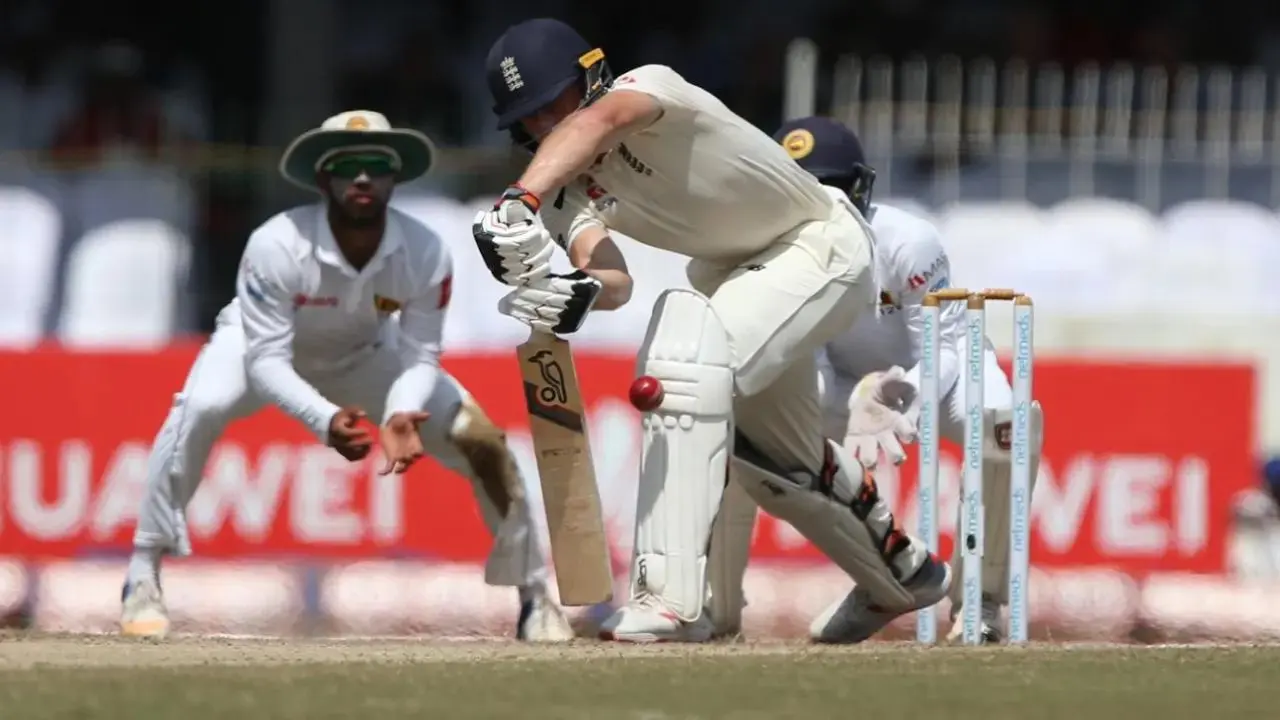1. Bowled

The simplest and most direct form of dismissal is being bowled. The batsman is out if the bowler delivers a ball that hits the stumps and dislodges the bails. This typically happens when the batsman misjudges the line or length of the ball, allowing it to breach their defenses. Being bowled is often seen as a significant victory for the bowler, showcasing their skill in outwitting the batsman.
2. Caught
Another common dismissal is being caught. This occurs when the batsman hits the ball with their bat (or gloves holding the bat), and a fielder catches it before it touches the ground. Any fielder can take a catch, including the wicketkeeper and bowler. Being caught often results from aggressive shot-making or a mistimed stroke, and it's a testament to the fielder's reflexes and positioning.
Read Article- The Craft Behind Cricket: How Cricket Balls Are Made
3. Leg Before Wicket (LBW)

Leg Before Wicket, or LBW, is one of the more complex ways a batsman can be dismissed. If the ball strikes the batsman's leg (or any part of their body) and the umpire believes the ball would have hit the stumps if not for the interception, the batsman can be given out LBW. The decision involves several factors, including where the ball was pitched, where it struck the batsman, and whether it was in line with the stumps. LBW decisions can be contentious, often requiring technology such as DRS (Decision Review System) for accuracy.
4. Run Out

A run-out occurs when a fielder hits the stumps with the ball while the batsman is out of their crease, attempting to take a run. This method of dismissal requires quick thinking and sharp reflexes from the fielding side. It often happens during moments of miscommunication or hesitation between the two batsmen, leading to one being caught short of their ground.
5. Stumped
Stumping is a specialist dismissal, typically involving the wicketkeeper. If the batsman steps out of their crease to play a ball and misses it, the wicketkeeper can dislodge the bails while the batsman is out of their crease. This dismissal is most common against spin bowlers when batsmen advance down the pitch to counter the spin, leaving themselves vulnerable.
6. Hit Wicket
Hit wicket is an unusual but not unheard-of dismissal. It occurs when a batsman accidentally dislodges the bails with their bat, body, or clothing after the bowler has delivered the ball. This can happen when the batsman loses balance or when a powerful stroke results in the bat swinging back onto the stumps.
7. Handled the Ball
A batsman can be given out if they intentionally handle the ball with a hand that is not holding the bat, except when returning the ball to the fielding side with their consent. This dismissal is rare, as most batsmen are aware of the rule and take care not to breach it.
8. Hit the Ball Twice
Another rare mode of dismissal is hitting the ball twice. If the batsman intentionally strikes the ball a second time, except to defend their stumps from being hit, they can be given out. This rule ensures that the batsman does not use unfair means to protect their wicket or gain an advantage.
9. Obstructing the Field
Obstructing the field occurs when a batsman deliberately interferes with a fielder's attempt to field the ball. This could involve using their bat or body to block a throw or prevent a catch. While rare, this dismissal emphasizes the importance of fair play and sportsmanship in cricket.
10. Timed Out

Timed out is a unique dismissal that occurs when the next batsman fails to appear at the crease within three minutes of the previous dismissal. This is to ensure that the game continues at a reasonable pace. Though extremely rare, it highlights the importance of readiness and promptness in the game.
These ten methods of dismissal add layers of complexity and excitement to cricket. Each type of out has its own nuances, and understanding them enriches the experience of watching and playing the game. Whether it’s the drama of an LBW decision, the precision of a runout, or the sheer skill involved in a stumping, these dismissals are what make cricket the captivating sport it is. As a batsman, mastering the art of avoiding these outs is crucial, while bowlers and fielders strive to exploit every possible opportunity to send the batsman back to the pavilion.
Picture Credits: Getty Images

